"Baseball Encyclopedia" Wiggins professional defense baseball No. 1 position in baseball
Wiggins Baseball Encyclopedia
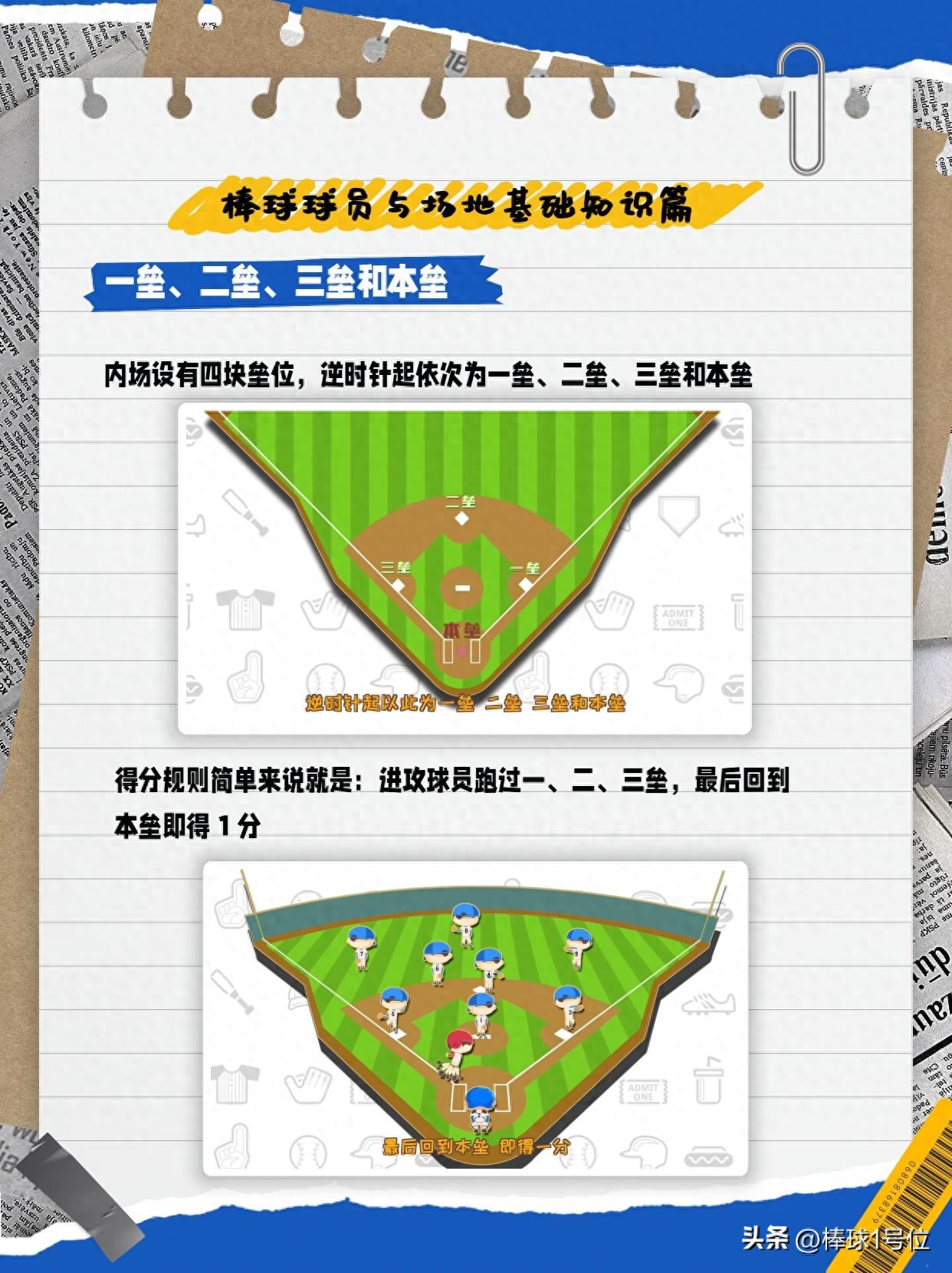
1. Origin and development
Controversy over origins
Modern baseball originated in the United States in the 19th century, and is credited with having established the first written rules (the "Nickerbork Rules") by Alexander Cartwright in 1845. But early similar sports such as the British "Rounders" and the North American "Town Ball" had a profound influence on it.
Key Event: The Cooperstown Legend of 1839 (which has since been falsified) has long been regarded as the origin story of baseball.
Professionalization process
1869: The first professional team, the Cincinnati Red Stockings, was founded.
1876: The National League (NL) was born, becoming the first professional baseball league.
1901: The American League (AL) was formed, forming a "Major League" (MLB) duo with the NL.
1920: The rise of the Negro League (due to segregation, African-American players formed independent teams).
Global communication
Japan: Introduced by Horace Wilson in 1873, it is now the NPB (Japanese Professional Baseball) system.
Caribbean: Cuba, Dominica and other countries have developed baseball as a national sport.
Olympics: Listed as an official event from 1992 to 2008, it briefly returned to Tokyo 2020.
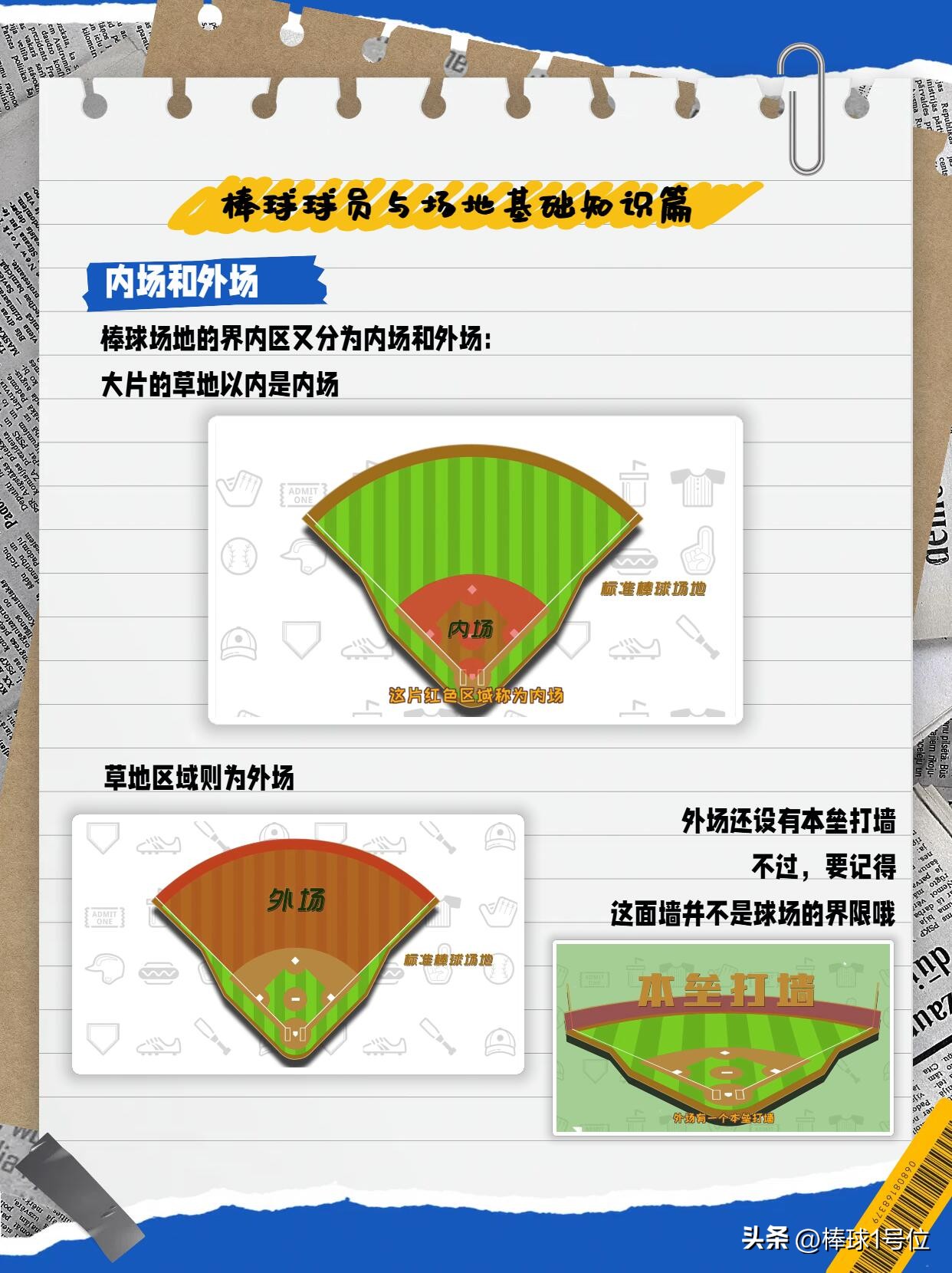
2. Rules and Competition Structure
Venue & Equipment
Field: Diamond-shaped fan, 27.43 m (90 ft) long side, usually over 100 m from home plate to outfield fence.
Ball: Cork core wrapped with wool thread, outer layer stitched in horsehide or cowhide, circumference 22.9-23.5 cm.
Bat: wooden (professional) or metal (amateur), length ≤ 1.07 m, diameter ≤7 cm.
Contest Flow
Number of rounds: 9 rounds (professional matches), each game is divided into two halves, and the offense and defense are reversed.
Scoring: The batter runs past first, second, and third base in turn and returns to home plate to score 1 point.
Outs: Offensive and defensive exchanges after 3 exits, accumulating 27 outs to end the game.
Core tactics
Pitcher strategy: Fastball, Curveball, Slider and other ball path combinations.
Defensive Formation: Adjust the positioning of the guard according to the batter's habits (e.g., "defensive formation").
Offensive Tactics: Bunt, Steal, Sacrifice Fly.
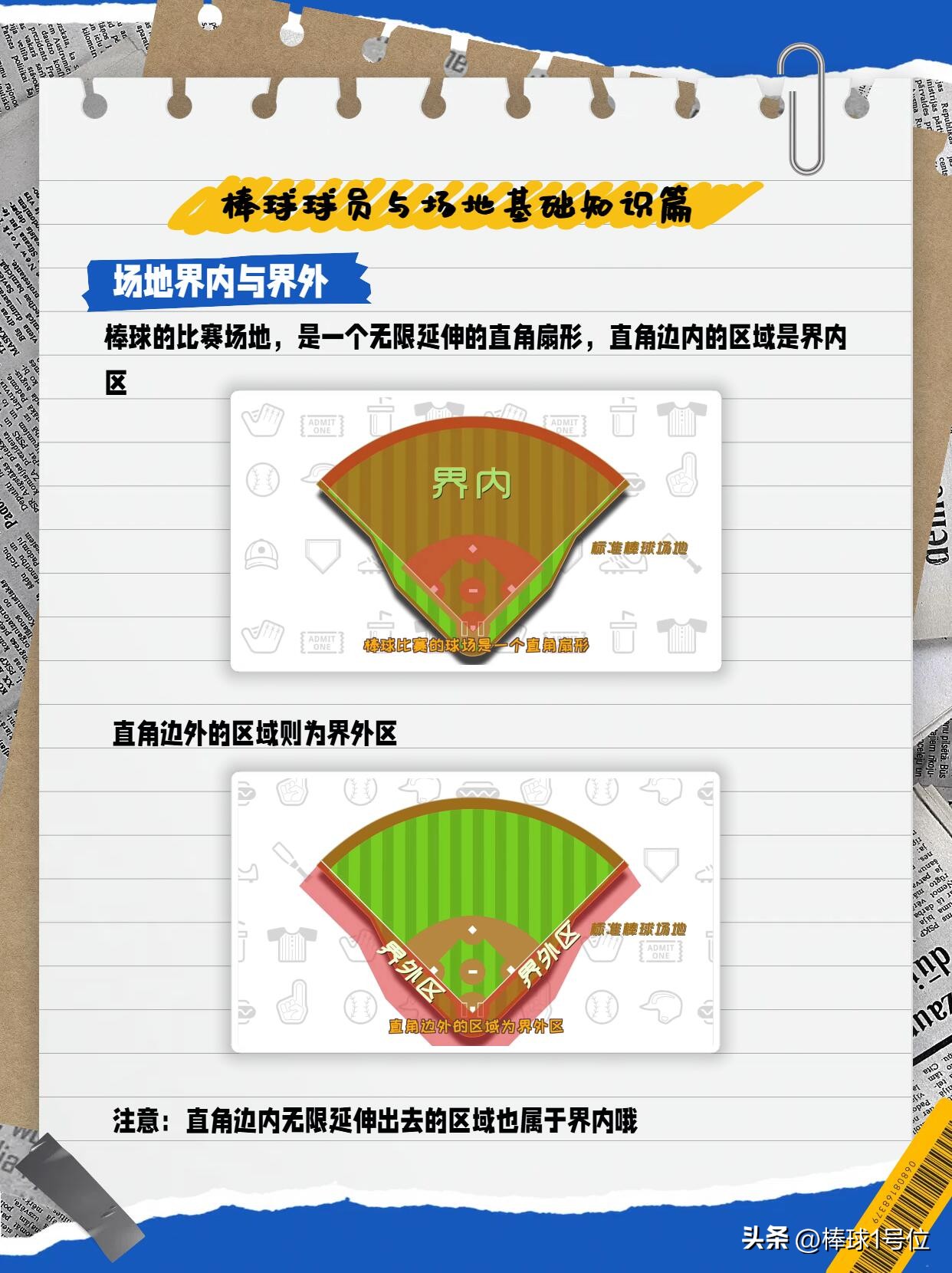
3. Analysis of technical terms
Home Run: Hit the ball straight out of the field or run all the runs before being caught.
Perfect Game: The pitcher does not allow the opponent to reach base for the entire court.
Strikeout: The pitcher throws 3 good shots to knock the batter out.
Bases Loaded: There are runners on first, second, and third bases.
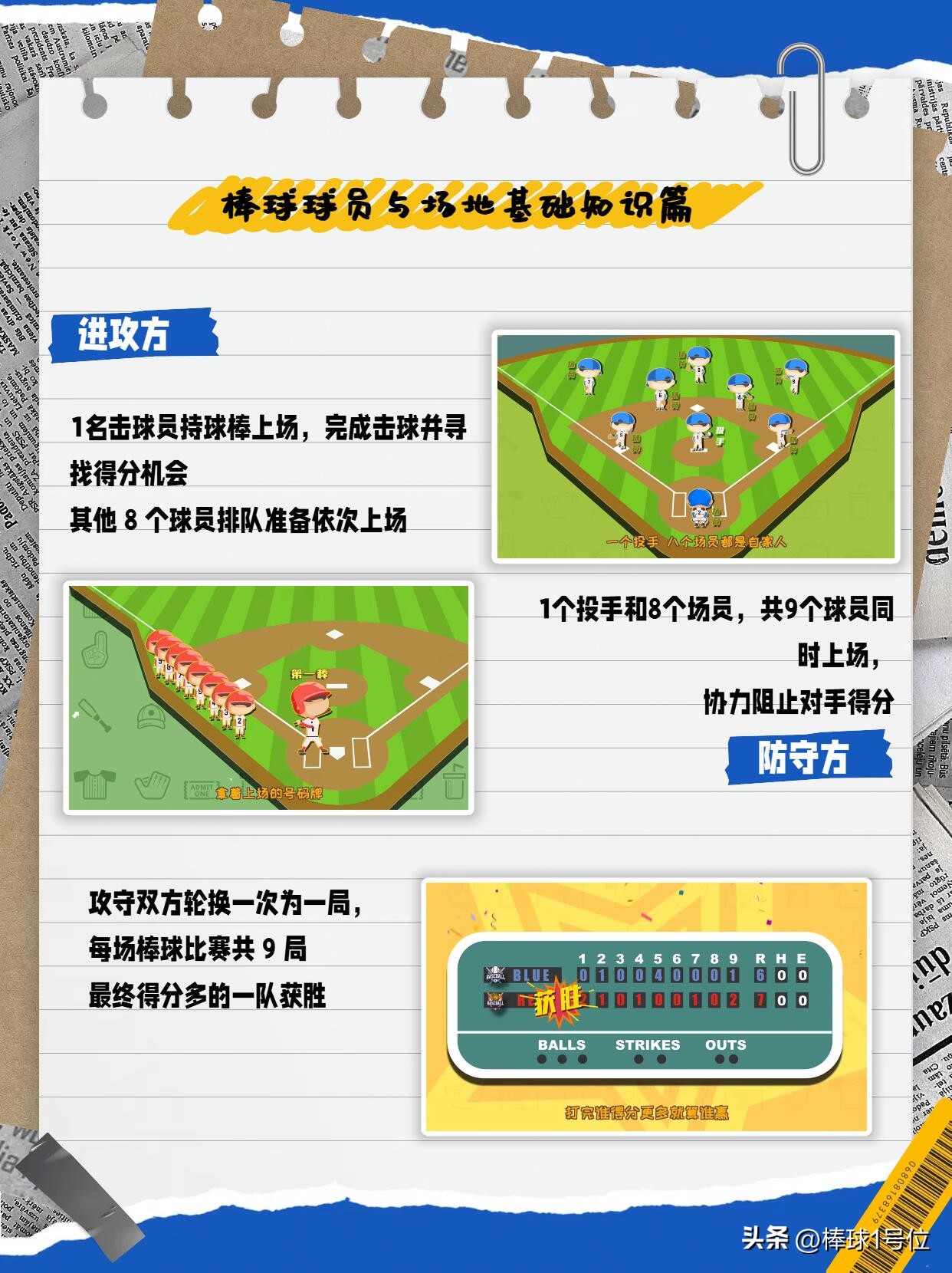
Fourth, the professional league system
Major League Baseball (MLB)
Teams: 30 (14 teams in the American League, 16 teams in the National League), divided into three regions: Eastern, Central and West.
Season: 162 regular season games, with the playoffs in October to determine the World Series champion.
Legends: Babe Ruth, Jackie Robinson (first black player).
Japan Professional Baseball (NPB)
Structure: 6 teams each from the Central League (without DH) and the Pacific League (with DH designated).
Features: Focusing on small-ball tactics and teamwork, the annual climax series decides Japan One.
International competitions
World Baseball Classic (WBC): Founded in 2006, it is known as the "Baseball World Cup".
Caribbean Series: Winter League title fight.
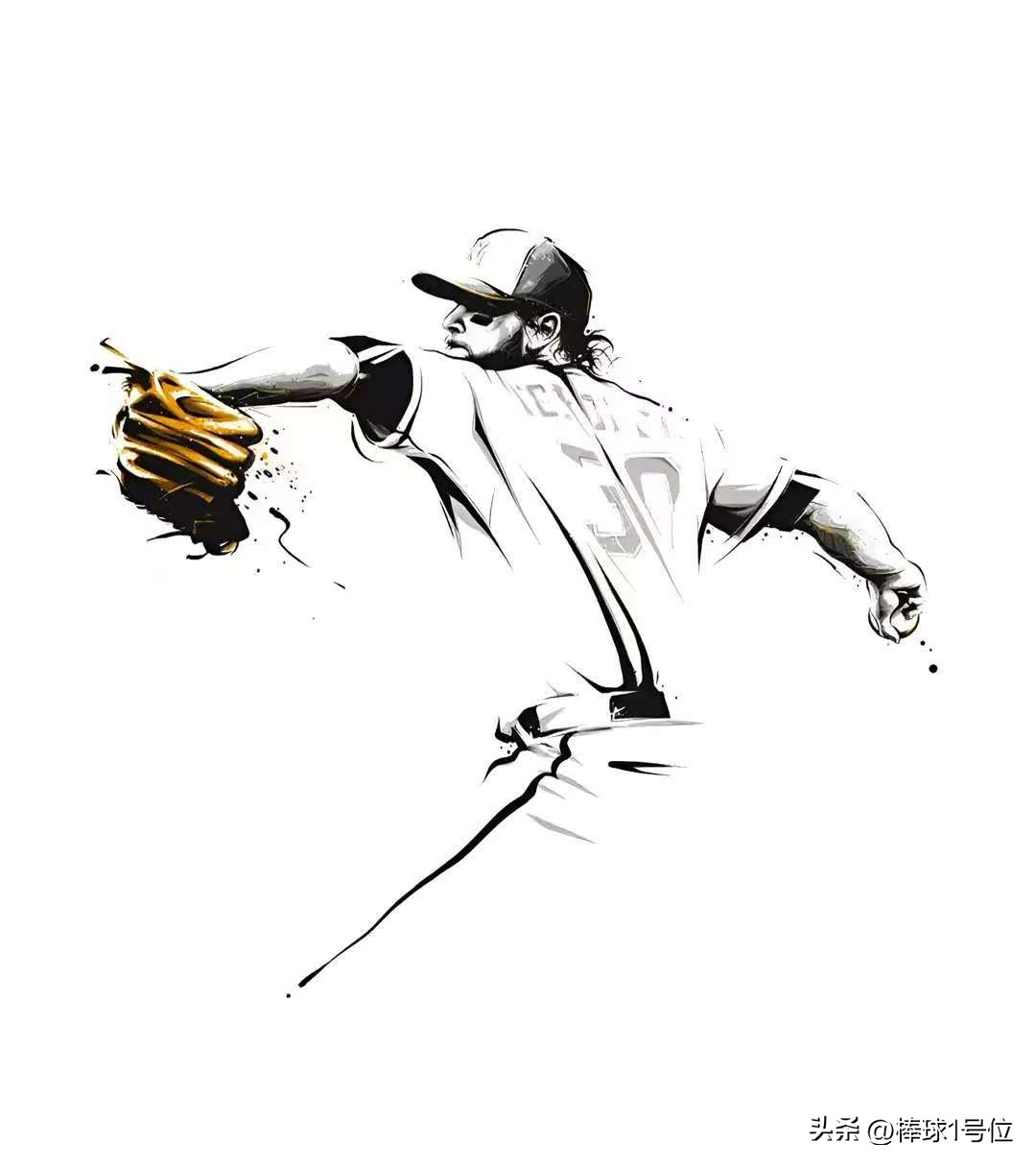
5. Culture and Influence
Literature: Ernest Hemingway's The Old Man and the Sea is a reference to Cuban baseball culture.
Films: Field of Dreams, Moneyball.
Social significance: Baseball sustained American morale during World War II; Jackie Robinson Breaks Down Racial Barriers (1947).
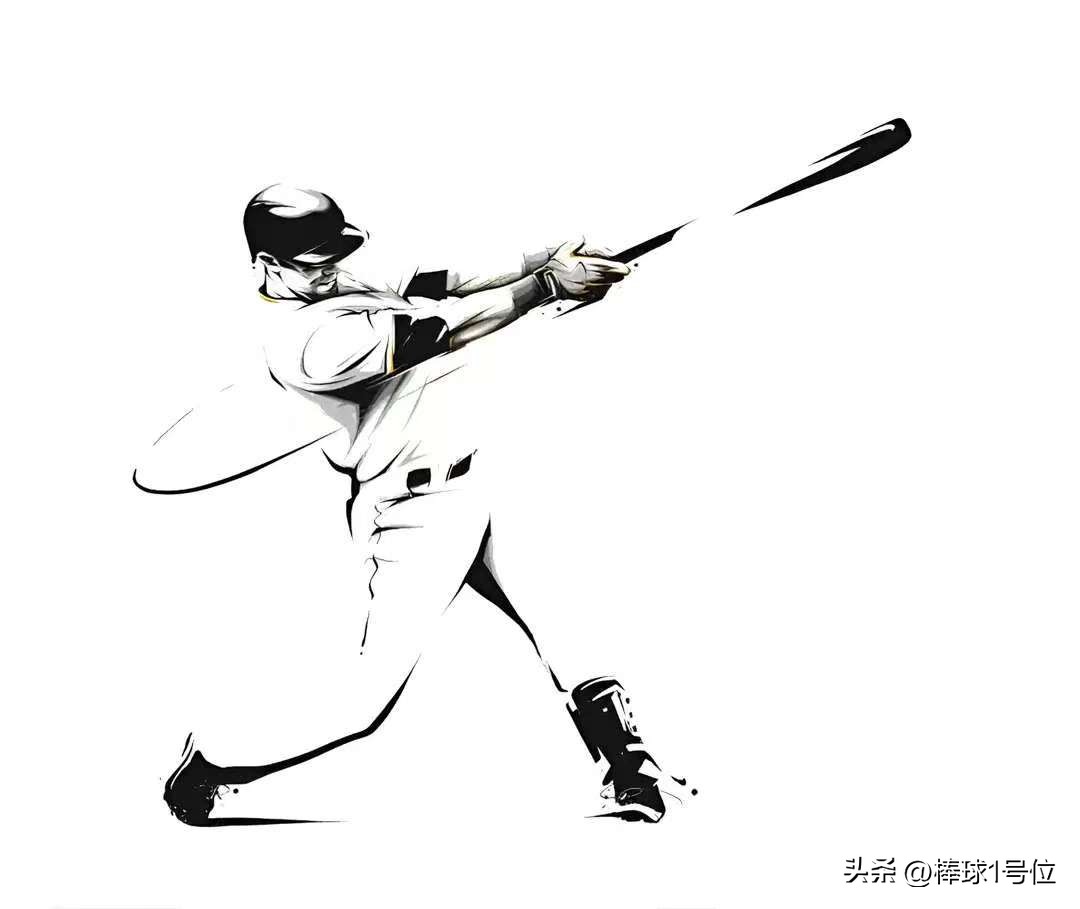
6. Scientific perspective
Physical analysis: The muzzle velocity of the ball can reach 190 km/h (Shohei Ohtani, 2021), and the contact time between the bat and the ball is about 0.001 seconds.
Biomechanics: The pitcher's elbow ligament is under intense stress, and ulnar collateral ligament tears are common (requiring Tommy John surgery).
Technology application: Statcast system tracks player movement data, AI-assisted training and tactical analysis.
Rule Changes: Introducing a Pitching Timer (2023 MLB) and expanding playoff spots.


Wonderfulshortvideo
AND DON’T EVEN GET ME STARTED ON ONER PLAYING MUNDO FOR THE FIRST TIME IN GAME 5 AT WORLDS 🤯


Paul Skenes Rookie of the Year 😐


Shohei Ohtani just hit one out of Dodger Stadium during batting practice. 😳


THE DODGERS ARE BACK ON TOP AS WORLD SERIES CHAMPIONS 👑


Filth from Roki to end the game!


That's our starting shortstop, Mookie Betts!


Magic's brewin' in LA.








 Links
Links
 Contact
Contact
 App
App


